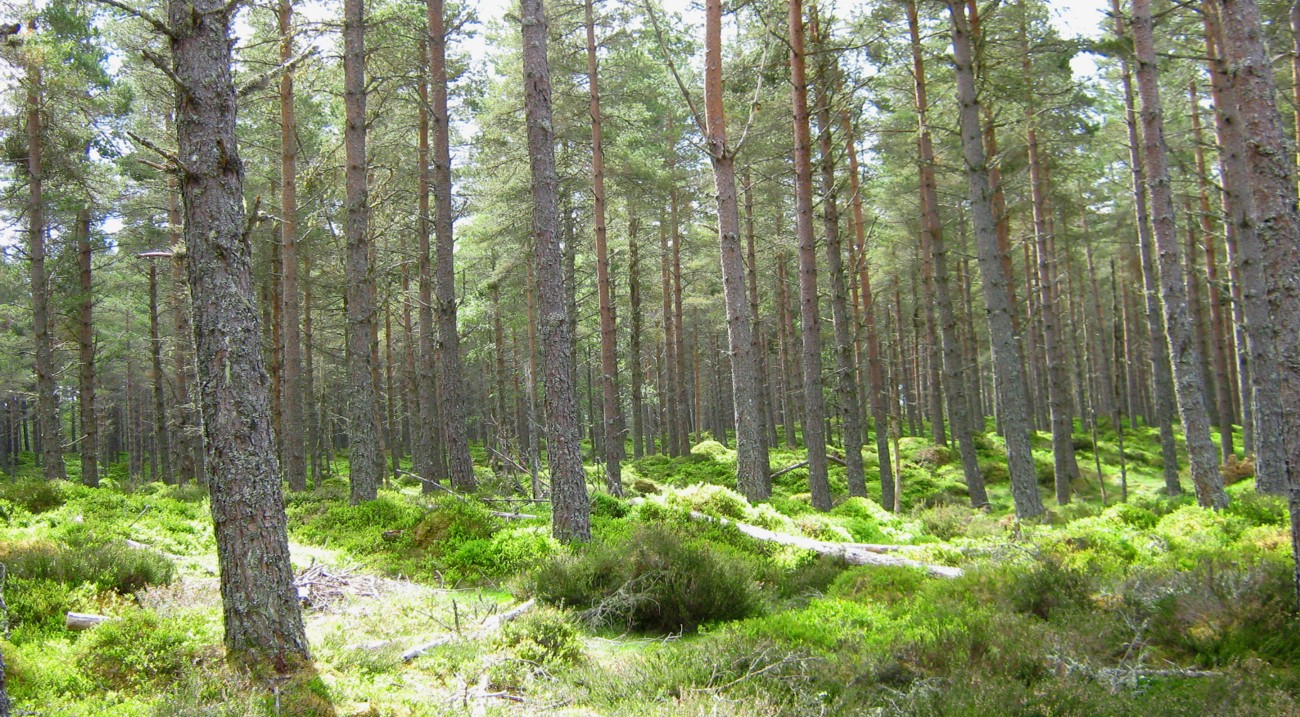
Growing trees retains an appeal for many and historically forestry has always been viewed as an opportunity where it is possible to gain some tax advantage while delivering other benefits over time – timber product, habitat, or amenity for example.
The most important test however in determining whether a tax advantage can be gained from planting trees is in establishing that they are commercial – in other words managed with a view to profit. Evidence of this can take a number of forms, for example: minutes of meetings; preparation of annual budgets; active management (such as the employment of a professional forester); a separate bank account, VAT registration and separate P & L in the annual accounts.
David Chismon, Director in the Landed Estates and Rural Business Group of UK top 20 Chartered Accountancy Firm Saffery Champness says:
It is important to show that the woodland aspect is there to make profit in its own right and not to enhance a shoot or to promote biodiversity for example.
The main areas where commercial woodland can offer a tax advantage are in relation to Income Tax, Capital Gains Tax (CGT) and Inheritance Tax (IHT).
With regard to income tax, if woodland passes the commercial test then profits from it are not liable to tax. It should be noted that the flipside is that losses incurred are not allowable against other income. There are exceptions, such as Christmas trees which are usually grown as a crop and fall within the statutory definition of market gardening rather than commercial woodland so profits from this business remain taxable.
Regarding CGT, provided the woodland trade is commercial the timber value is not liable to CGT on a sale with only the prairie value of the land, ie land in its natural unimproved state, being liable to tax. David Chismon says:
For example, I have seen, based on professional valuation advice, up to 70 per cent of sale proceeds being exempt from CGT on this basis.
Commercial woodland is also a qualifying asset for Rollover Relief purposes.
In terms of IHT, provided again that the woodland is undertaken commercially then, on an IHT event, Business Property Relief (BPR) may be available. Alternatively APR may be available if it is situated with agricultural land that is ancillary to farmland. In the event that neither of these reliefs apply then the Deferral Relief Scheme (Woodland Relief) may, meaning that IHT on the timber value is deferred until after the timber is either felled or sold.
David Chismon says, "Woodland, where there is evidence to prove that it is commercial, remains doubly attractive both in terms of tax advantages and available grant funding and the respective Governments in England, Scotland and Wales are committed to protecting woodland and working with landowners and others to increase the amount of it actively managed in the UK. The current tax regime both supports those objectives and encourages their delivery. As ever, professional advice should be sought."
